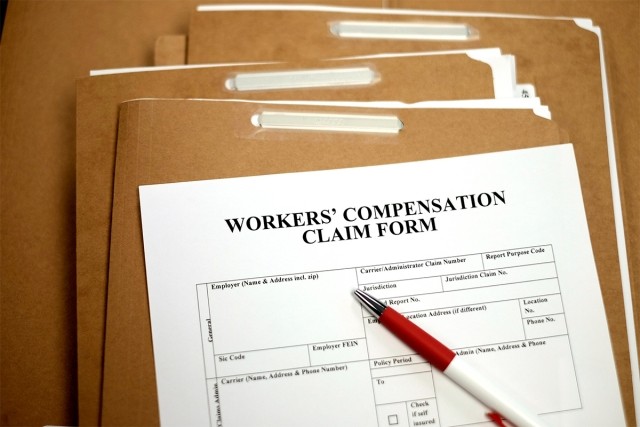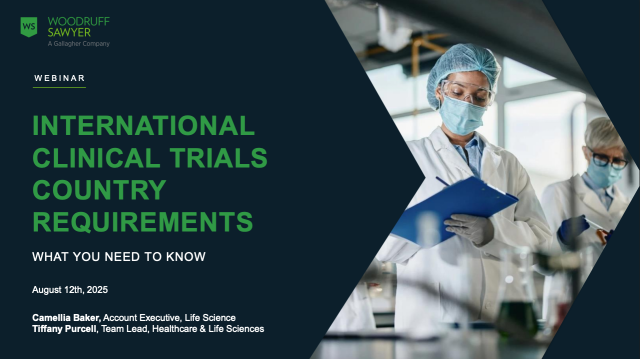Blog
Pandemic Checklist: A Basic Response For Employers
This blog post can also be found on our “Coronavirus Resource Center”.
A flu pandemic occurs when a new flu virus that is different from seasonal flu emerges and spreads quickly between people, causing illness worldwide. Planning in advance for a pandemic will help your workplace respond more effectively when an actual emergency occurs.

A basic pandemic response plan requires designing a process for activating and terminating the company's response plans, as well as setting objectives for responses, which include reducing transmission among staff, protecting people at increased risk, and maintaining business operations.
8-Point Checklist for Developing a Pandemic Response Plan
To begin this process, follow this checklist.
- Determine Specifications for HR Policies:
- Monitor absenteeism.
- Determine how to handle employees who become sick at work.
- Allow flexible sick leave to encourage sick employees to stay home.
- Create policies for staying home to care for family members, or watching children if schools or childcare facilities close, return to work, and travel.
- Determine necessary pandemic supplies (hand sanitizer, tissues and receptacles for their disposal) .
- Establish Social Distancing programs, such as flexible workplaces and schedules.
- Create workplace cleaning and hygiene programs.
- Provide employees with educational materials and guidance about covering your cough, staying home if sick, traveling, and when to return to work.
- Provide links to state and local health departments to confirm channels of communication and methods for dissemination of local outbreak information.
- Facilitate a planning meeting to review how the business will operate if there is increasing absenteeism or supply chains are interrupted.
- Exercise the plan, such as with dry runs using a case scenario, to find gaps to be corrected.
5 Additional Tips to Make Your Plan More Robust
To expand your Basic Pandemic Response Plan, add these enhancements:
- Set objectives for responding to the pandemic, including minimizing adverse effects on supply chains.
- Create a more developed plan, a pandemic response team, geographic triggers and responses, and responsibilities for each department.
- Assess information technology and infrastructure to ensure it can support a larger telecommuting workforce.
- Identify essential business functions, essential jobs or roles, and critical elements of the supply chain (e.g., raw materials, suppliers, subcontractor services/products, and logistics) required to maintain business operations.
- Enhance policies if the illness becomes increasingly severe.
If you don't already have a written pandemic plan in place, develop one now. We likely haven't seen the last of these types of global infectious diseases and having a plan in place will limit downtime and provide a roadmap for future preparation, response and recovery.
Table of Contents











